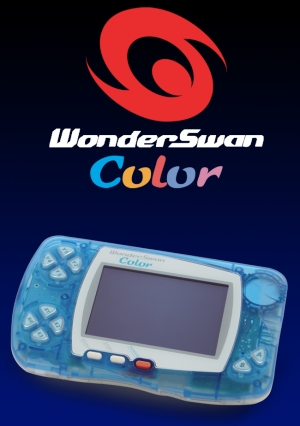
WonderSwan Color
WonderSwan Color Specifications
| Manufacturer: | Bandai |
| Developer: | Bandai |
| CPU: | SPGY-1002, a 3.072 MHz 16-bit NEC V30MZ Clone |
| Memory: | 64 KB VRAM/WRAM (shared) |
| Sound: | Four digital audio channels, each of which can play sequences of up to 32 4-bit samples, at different volumes and frequencies. |
| Medium: | ROM cartridge |
| Display: | 224 x 144 |
| Controllers: | 1 |
The WonderSwan Color was released on December 9, 2000 in Japan, and was a moderate success.
The original WonderSwan had only a black and white screen. Although the WonderSwan Color was slightly larger and heavier (7 mm and 2 g) compared to the original WonderSwan, the color version featured 512KB of RAM and a larger color LCD screen. In addition, the WonderSwan Color is compatible with the original WonderSwan library of games.
Prior to WonderSwan's release, Nintendo had a virtual monopoly in the Japanese video game handheld market. After the release of the WonderSwan Color, Bandai took approximately 8% of the market share in Japan partly due to its low price of ¥6800 Japanese yen (approximately $59 USD).
Another reason for the WonderSwan's success in Japan was the fact that Bandai managed to get a deal with Square to port over the original Famicom Final Fantasy games with improved graphics and controls. However, with the popularity of the Game Boy Advance and the reconciliation between Square and Nintendo, the WonderSwan Color and its successor, the SwanCrystal, quickly lost its competitive advantage.
The first WonderSwan console was released in March 1999 as a grayscale device that was developed by Koto Laboratory, the company founded by former Nintendo engineer Gunpei Yokoi (横井 軍平).
The WonderSwan Color was followed by the active matrix SwanCrystal (スワンクリスタル), which was unveiled by Bandai at the 2002 Tokyo Toy Show. Though well-received, the WonderSwan line was unable to fend off competition from Nintendo's Game Boy Advance and was eventually discontinued in 2003.
Latest on WonderSwan Color
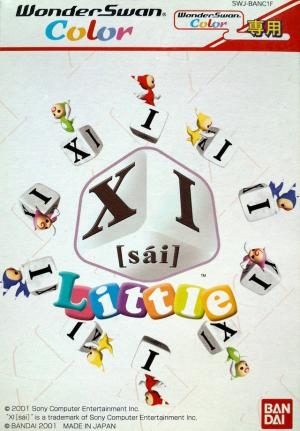
Xi (sai) Little
XI (sai) Little is a Puzzle game, developed by MBI and published by Bandai, which was released in Japan in 2001.
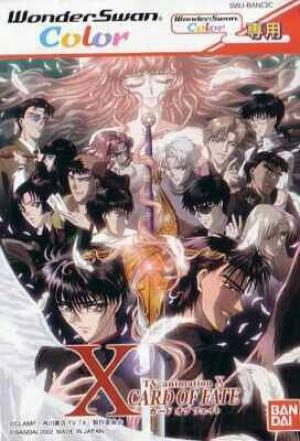
X: Card of Fate
X: Card of Fate is a Strategy game, developed by Access and published by Bandai, which was released in Japan in 2002.
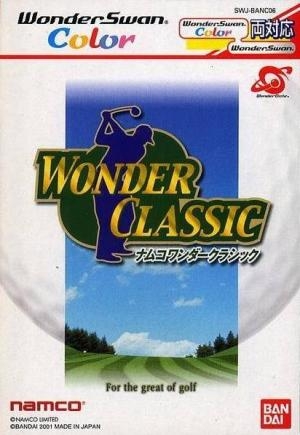
Wonder Classic
Wonder Classic is a Sports game, developed by Yoshidayama Workshop and published by Bandai, which was released in Japan in 2001.
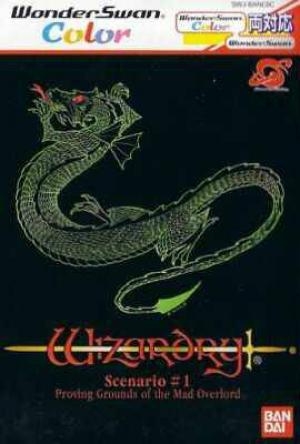
Wizardry Scenario #1: Proving Grounds of the Mad Overlord
Are you ready to step into the world of Wizardry? Unmatched by any other fantasy role-playing game, the Wizardry Gaming System allows for unlimited co...
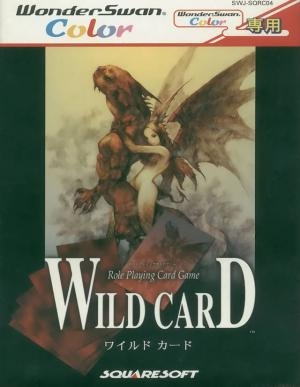
Wild Card
Wild Card is a Role-Playing game, developed and published by SquareSoft, which was released in Japan in 2001.
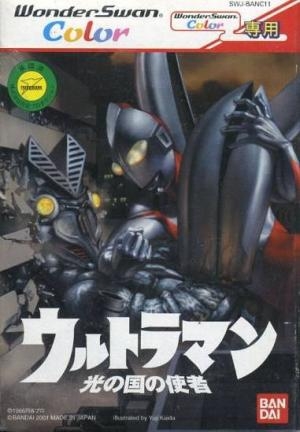
Ultraman: Hikari no Kuni no Shisha
Ultraman: Hikari no Kuni no Shisha is an Action game, developed by Tom Create and published by Bandai, which was released in Japan in 2001.
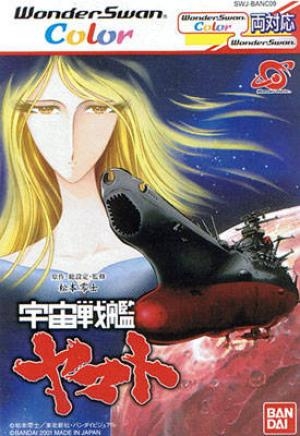
Uchuu Senkan Yamato
Uchuu Senkan Yamato is a Strategy game, developed by Tom Create and published by Bandai Visual, which was released in Japan in 2001.
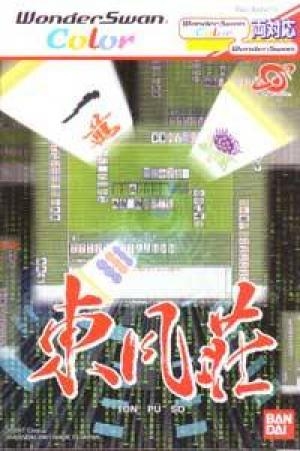
Tonpuso
Tonpuso is a Miscellaneous game, developed and published by Bandai, which was released in Japan in 2001.

Terrors 2
Terrors 2 is an Adventure game, developed by Megas and published by Bandai, which was released in Japan in 2000.
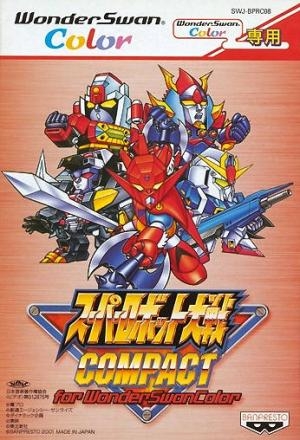
Super Robot Taisen Compact for WonderSwan Color
Super Robot Taisen Compact for WonderSwan Color is a Strategy game, developed by TOSE and published by Banpresto, which was released in Japan in 2001.